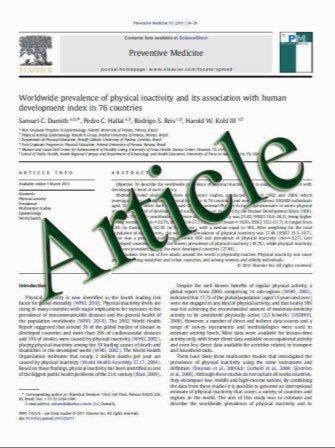Disseminated tumor cells: the method is the message
- نوع فایل : کتاب
- زبان : انگلیسی
- مؤلف : John W. Park
- چاپ و سال / کشور: 2010
Description
Bone marrow DTC in breast cancer It is a tenet of breast cancer biology that patients with primary (Stages I–III) breast cancer can harbor residual systemic disease following local–regional treatment with breast surgery and/or radiation leading to potential distant recurrence. In principle, such tumor cells might dwell in bone marrow, which has been termed minimal residual disease, micrometastasis, occult tumor cells (OTC), isolated tumor cells (ITC), and disseminated tumor cells (DTC), or in blood, as circulating tumor cells (CTC). In early breast cancer, DTC detection has been studied extensively for its potential utility as a prognostic factor. Although early studies including a variety of techniques showed somewhat inconsistent results, a substantial body of data have emerged to indicate that immunocytochemistry- (ICC)/immunohistochemistry (IHC)-based detection of DTC identifies patients at greater risk of distant metastasis and inferior survival probability (reviewed in [1]). Of particular note, a pooled analysis of ICC detection of marrow DTC has been performed, encompassing 4,268 primary breast cancer patients from multiple independent trials [2]. Overall, DTC were detected in 31% of patients, and were strongly prognostic for disease-free and overall survival at a median follow-up of 5 years. Multivariate analysis confirmed that the prognostic impact of DTC on DFS and OS was independent and greater than nodal status or other standard pathologic factors.
Breast Cancer Res Treat (2011) 125:739–740 DOI 10.1007/s10549-010-1107-5 Received: 12 July 2010 / Accepted: 28 July 2010 / Published online: 11 August 2010 Springer Science+Business Media, LLC. 2010


